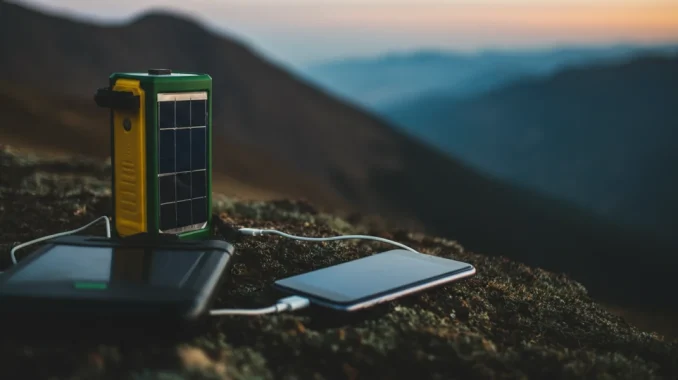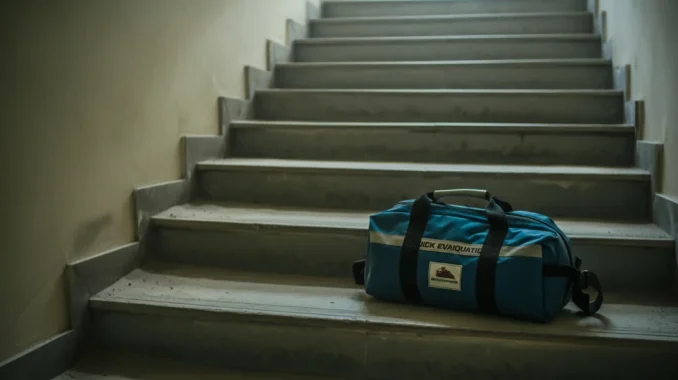Emergencies like war, natural disasters, and supply chain disruptions can make food scarce or completely unavailable. Having a 30-day emergency food supply ensures you and your family can survive without relying on stores or external aid. A well-prepared food supply gives peace of mind, reduces stress in crisis situations, and helps maintain normalcy even when external conditions are uncertain.
This guide will help you build a long-lasting, nutritious food stockpile using affordable, easy-to-store, and nutritious foods. Planning ahead allows you to purchase food in bulk, often at lower prices, and ensures that you are not scrambling to find supplies when they are in short supply.
Step 1: Planning Your Emergency Food Supply
Before you start stocking up, it’s important to plan properly so you don’t waste money or storage space. A well-thought-out plan ensures that you are prepared for any emergency while keeping food waste to a minimum.
1. How Many People Are You Feeding?
Every household is different, so the amount of food you need will depend on the number of people you are preparing for. Consider the specific dietary needs of each family member. Children, pregnant women, and elderly individuals may require special foods or additional nutrients. If you have pets, don’t forget to include pet food in your planning.
2. How Much Food Do You Need?
For 30 days, each person will need:
- 60,000 calories per adult
- 45,000-54,000 calories per child
To break it down further, a daily food plan should include:
- At least 2,000 calories per adult per day
- At least 1,500-1,800 calories per child per day
- A balance of carbohydrates, proteins, and fats
- Adequate vitamins and minerals
3. What Kind of Foods Should You Store?
Your emergency food supply should be:
- Non-perishable – Foods that last a long time without refrigeration.
- Nutrient-dense – Supplies should provide essential vitamins, minerals, and calories.
- Easy to prepare – You may not have access to a full kitchen, so your food should require minimal cooking and water.
- Culturally appropriate – Choose foods your family already eats to avoid digestive issues or refusal to eat unfamiliar foods during a stressful situation.
Consider foods that require minimal preparation but also stock up on cooking essentials if you plan on preparing meals from scratch.
Conclusion
Building a 30-day emergency food supply is one of the most effective ways to ensure your family’s safety and well-being during times of crisis. Whether facing natural disasters, conflicts, or unexpected shortages, having a well-stocked pantry provides peace of mind and security.
By carefully selecting a mix of carbohydrates, proteins, fats, fruits, and vegetables, you can create a balanced food supply that meets your nutritional needs. Proper storage techniques, such as using Mylar bags, vacuum-sealed containers, and maintaining a cool, dry environment, will ensure your food remains safe and usable for long periods.
Preparation does not stop at simply stocking up on food—regularly rotating supplies, checking expiration dates, and practicing meal preparation using alternative cooking methods are crucial for long-term success. Having the right tools and an emergency cooking plan in place will prevent unnecessary stress when disaster strikes.
By following this guide, you are taking a crucial step toward self-reliance and resilience. Start small, build gradually, and adapt your plan as needed to suit your family’s preferences and dietary needs. An emergency food supply is not just for survival—it is an investment in your family’s future safety and stability.




